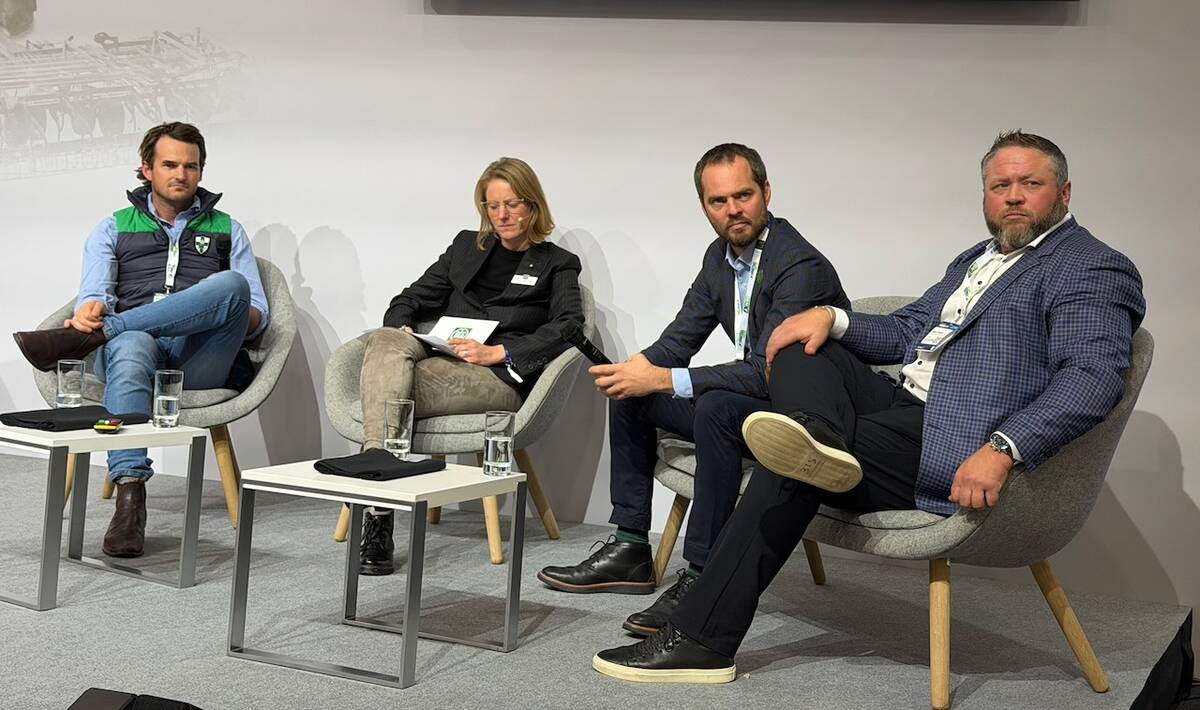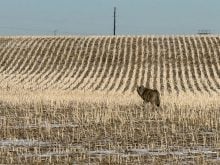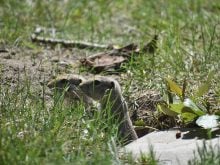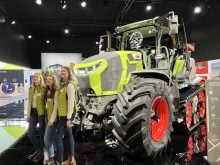Maple Leaf Foods has cleared the first regulatory hurdle on its sprint toward building a $112 million hog processing plant at Brandon, Man.
Manitoba Environment issued the company a licence to construct the plant. But the company must also get licences for the waste treatment plant, operation of the plant, and hydro substation.
Environmental groups had called for environmental hearings for the construction phase and said they’ll appeal the decision.
They’ve banded together in the Westman Community Action Coalition and plan to oppose hog barn expansion and the plant every step of the way.
Read Also

Agritechnica Day 2: The future of tractor power, building quicker crop apps and large farms and tech
Agritechnica Day 2: The future of tractor power, building quicker crop apps with Syngenta and large farms and tech
In a news release, the coalition called the process “secretive and undemocratic.”
But the city’s co-ordinator for the Maple Leaf project says the city and company are trying to be as open as possible through a series of information meetings.
Robyn Singleton, city solicitor, said the city held one meeting in January, a second in May, and will hold three more on July 14-16 to answer questions from the public.
Environmental hearings are adversarial and are only needed when questions aren’t addressed, or when environment inspectors can’t get clear, accurate information about an issue, he said.
The July meetings will deal with the waste treatment plant Brandon will build to handle city and plant sewage, and its impact on the Assiniboine River.
Singleton said the city assures people the river will be protected.
It built a computer model of 160 kilometres of the river from Brandon to Portage la Prairie, Man., based on a model designed by the U.S. Environmental Protection Agency.
“It’s the most comprehensive, by a wide margin, study ever undertaken here … dealing with the river.”
The city has been able to gauge the impact on the river of existing industries, the city of Brandon, run-off from fields and the first shift of the hog plant.
Singleton said he’s confident the river can absorb the added load from the first shift without affecting water quality.
The city has applied for a licence for the waste treatment plant based on the information. But he said the model needs more data to make sure the river can handle waste from two shifts at the plant, or whether the city will have to increase capacity of its own waste treatment facilities.
Singleton said the model will answer more questions once the first shift at the plant begins. The second shift is expected to start three to five years after the plant opens in July 1999.
So far, the City of Brandon is paying for the computer models. But Singleton hopes other industries and downstream municipalities will get involved in a longer-term river management group.
“It’s very expensive, but we think it’s necessary for sustainable development on the river system here, and we will do our final design based on what the river study tells us.”














